John Hurrell – 10 June, 2015
These images feature beams of light descending down through the transparent fluid rendered on the painted panel, and delicate ripples and tiny waves rendered traversing across. The viewer can feel simultaneously immersed in the water or suspended in the air while diving into it. This is due to the position of the dark shadowy tones and more translucent light ones often in the opposite corner, with intricate spiralling ripples.
Elizabeth Thomson’s five heavily lacquered photographs - of the Pacific Ocean - dominate the upper space at Two Rooms with their deep cobalt blue and watery reflective ambience. Celebrating sunlight passing through clean water seen from above, these works - a form of wall relief with their gently undulating (but subtly gridded) panel surfaces - play on space, angled depth and liquid volume. Shrewdly ambiguous in terms of water surface and direction, they often blend looking down with looking up.
These images feature beams of light descending down through the transparent fluid rendered on the painted panel, and delicate ripples and tiny waves rendered traversing across. They could easily be confused with photorealistic paintings, for the word ‘photograph’ is not mentioned in the list of materials and they have allusions to colour field paintings in their abstract demeanour.
Bodily through looking, the viewer can feel immersed in the water or suspended in the air while diving into it. This is due to the position of the dark shadowy tones and more translucent light ones often in the opposite corner, with intricate spiralling ripples - some of which are blurred by the breeze while others remain sharp. Such spatial ambiguities have similarities with Jude Rae’s 90s paintings of rumpled sheets which looked like indented impressions of a body that had recently left the bed, or a bulging hidden body still present underneath.
This tension is further complicated by the regular undulations (like a compressed egg carton) of the panel surface which are camouflaged by the tonal asymmetry of Thomson’s image, and quite hard to see. The looking-through is mixed with the complications of the relief surface, so that the latter becomes a kind of physical metaphor for the attendant act of ocular penetration. The gridded undulations also slot the works into a wider oceanic matrix of latitude and longitude, as if there were a specific geographic (and not arbitrary) relationship between the five units: locatable microsystemic details within a wider Pacific macrosystem.
Thomson’s blotchy grid formations are also disrupted by the reflections of clouds in the sky, either reflected on top of the sea’s surface or seen from below through the ‘skin’ of that surface. Because these intensely hued, monochromatic photographs are not flat, and the separation of ‘transparent’ image from support surface so pronounced, the works reward repeated sideways and frontal inspections, slyly thwarting (while still being intriguing) any attempt to mentally integrate the two together.
John Hurrell
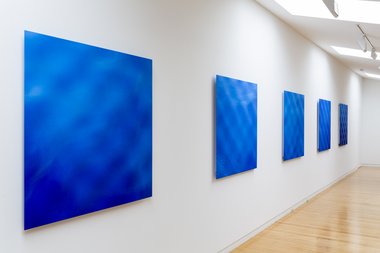
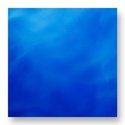
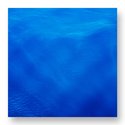
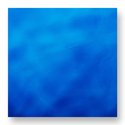
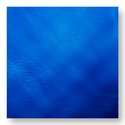
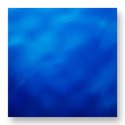
 Advertising in this column
Advertising in this column Two Rooms presents a program of residencies and projects
Two Rooms presents a program of residencies and projects



This Discussion has 0 comments.
Comment
Participate
Register to Participate.
Sign in
Sign in to an existing account.